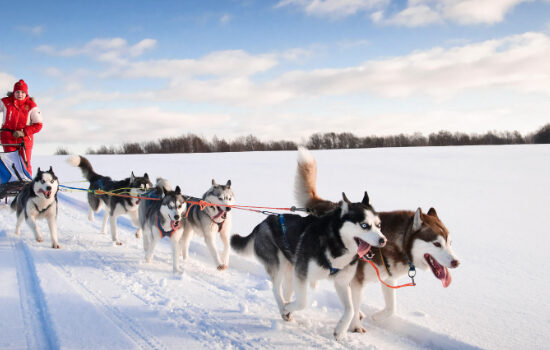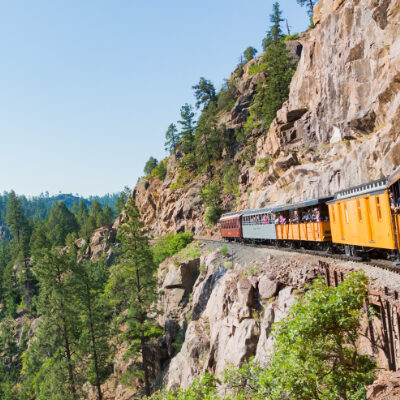Too Long; Didn’t Read
Experience dog sledding in Alaska any time of year. It’s fun, exciting, and links you directly to wild places and old ways.
Choose your experience:
- Summer (May-Sep): Ride wheeled carts through forests, visit musher camps, or take helicopter tours for unique glacier sledding ($389-$814+).
- Winter (Nov-Apr): Experience classic snow sledding, drive your own team, take magical Northern Lights tours, or embark on multi-day wilderness expeditions.
Locations Vary:
- Juneau (glaciers);
- Denali/Fairbanks (Iditarod kennels);
- Anchorage (convenience);
- Arctic Circle (remote luxury lodges);
Costs Range: From $70 kennel visits to $140+ short rides, $500-$800+ glacier flights, and $10k+ Arctic expeditions.
Essential Tips: Book glacier flights far in advance (3-6 months), prioritize operators with experienced mushers and excellent animal welfare, dress warmly, and be flexible for weather.
Enjoy The Adventure
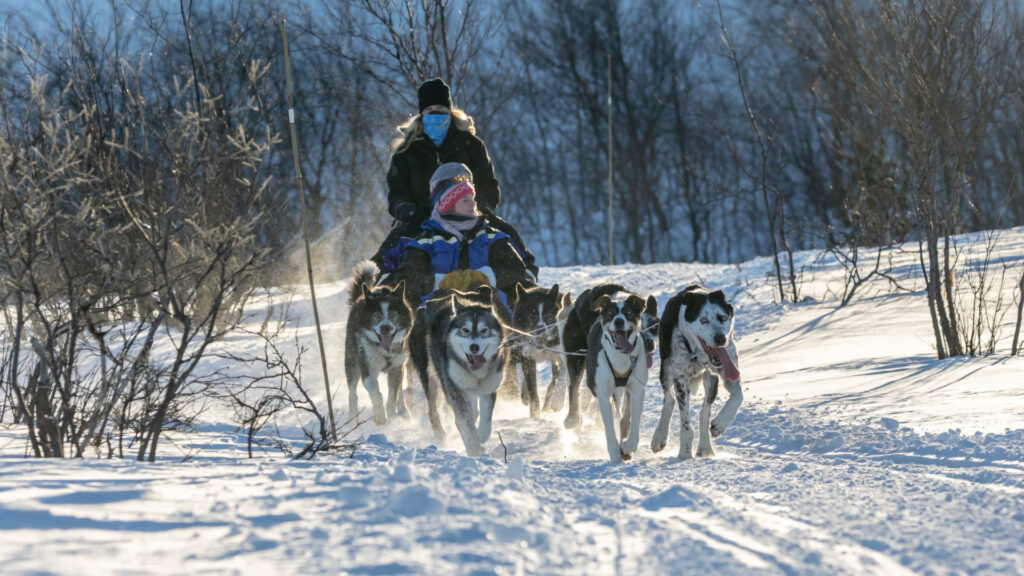
Stand on the runners of a wooden sled. Grip handlebars while huskies strain against harnesses. A musher whistles, shouts “Hike!” Suddenly you’re gliding through wild Alaska at speed. Snow kicks up from the lead dog’s paws. Wind whips past your face. Alaska dog sledding is raw, exhilarating, unforgettable.
For centuries, sled dogs meant survival here. These animals moved mail, supplies, and people across huge frozen areas before roads. Today, they still race the Iditarod Trail, going over 1,000 miles from Anchorage to Nome. Visitors can now try this tradition themselves.
Dog sledding tours offer what travelers want: adventure, wildlife encounters, and real culture. Meet actual mushers, cuddle puppies, travel through ancient landscapes. Whether you want an easy family trip or an extreme wilderness journey, Alaska’s sled dog tours create lasting memories.
Summer vs. Winter: Choosing Your Perfect Dog Sledding Adventure
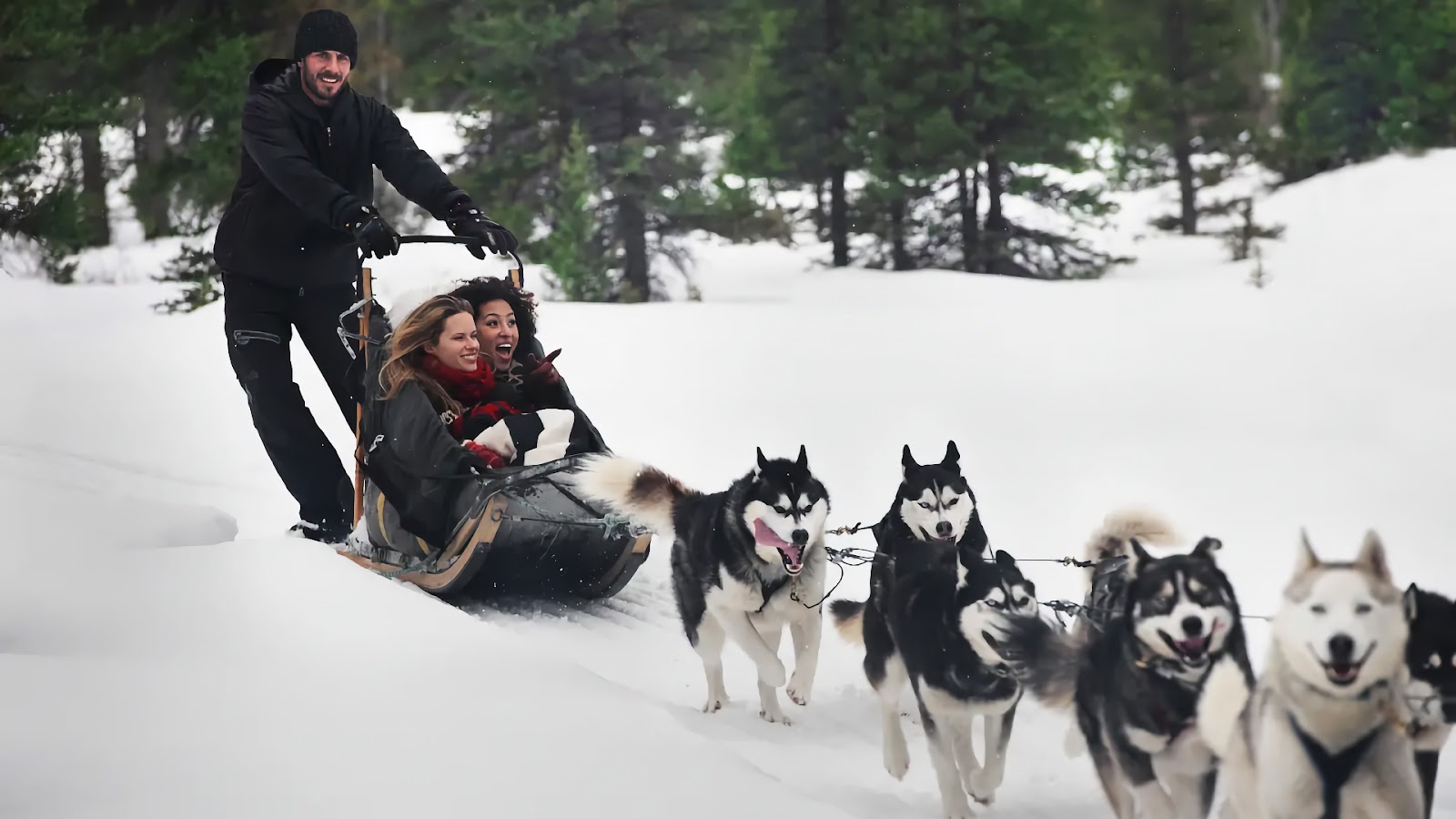
Dog sledding in Alaska doesn’t stop. It simply shifts with the weather. Every part of the year brings something special you might want to try.
Summer Tours: When Snow Disappears
Don’t assume warm weather stops dog sledding in Alaska. It’s actually big here all summer long.
Instead of snow sleds, outfits use wheeled carts from May into September. Picture teams of huskies pulling these special carts down forest trails near Denali or Talkeetna. You get the mushing thrill minus snow, soaking up Alaska’s short, amazing summer season.
Want something seriously cool? Try glacier sledding. Helicopters fly you right onto ancient ice fields near Juneau, Seward, or Skagway. Yeah, you sled right on the glacier! Costs run between $389 and $814, but you’re surrounded by huge mountains. It feels unreal.
For hands-on fun, check out a musher camp. Visit real working kennels. Learn how they care for dogs, see how they get harnessed up, and hang out with future racing puppies. Skagway’s Unimag tour even throws in a scenic mountain ride with the camp visit.
Winter Tours: Pure Alaskan Magic
Winter in Alaska means dog sledding season runs November to April. Snow turns the landscape perfect for mushing.
Around Fairbanks, Aurora Mushing delivers something unique. Take night rides beneath shimmering northern lights for magical moments. Between runs, unwind at comfortable Arctic Circle lodges.
Want real adventure? Try driving your own sled. Places like Black Spruce Dog Sledding teach you basic commands. Then you mush your own dog team. It’s tough but unforgettable.
For a deeper plunge, consider multi-day expeditions. Bush Alaska Expeditions runs trips far into the wild. You camp out, sleep under stars, wake to wolves howling. Not an easy trip, but life-changing for anyone craving true wilderness.
Shoulder Season Alternatives
Fall and spring offer different fun when snow comes and goes. Instead of sleds, carts or husky hikes take over. Dogs still get to run, pulling carts instead or just going on walks with visitors. Even without sledding, you still get that special bond with dogs.
Where to Find Alaska’s Best Dog Sledding
Every area has its own sledding vibe. Let’s find your best fit.
Juneau: Glacier Sledding Capital

Juneau is the perfect spot for glacier sledding, sitting close to huge icefields.
For a premium trip, helicopter tours start near $689. They fly you over Herbert or Mendenhall Glaciers, landing on untouched snow. You’ll sled across ice formed thousands of years back, all set against stunning mountain views.
Want something easier on your wallet? Forest-based musher camps offer an alternative at about $169. No chopper needed here. You get real kennel action right inside the area’s temperate rainforest.
Denali and Fairbanks: Iditarod Country
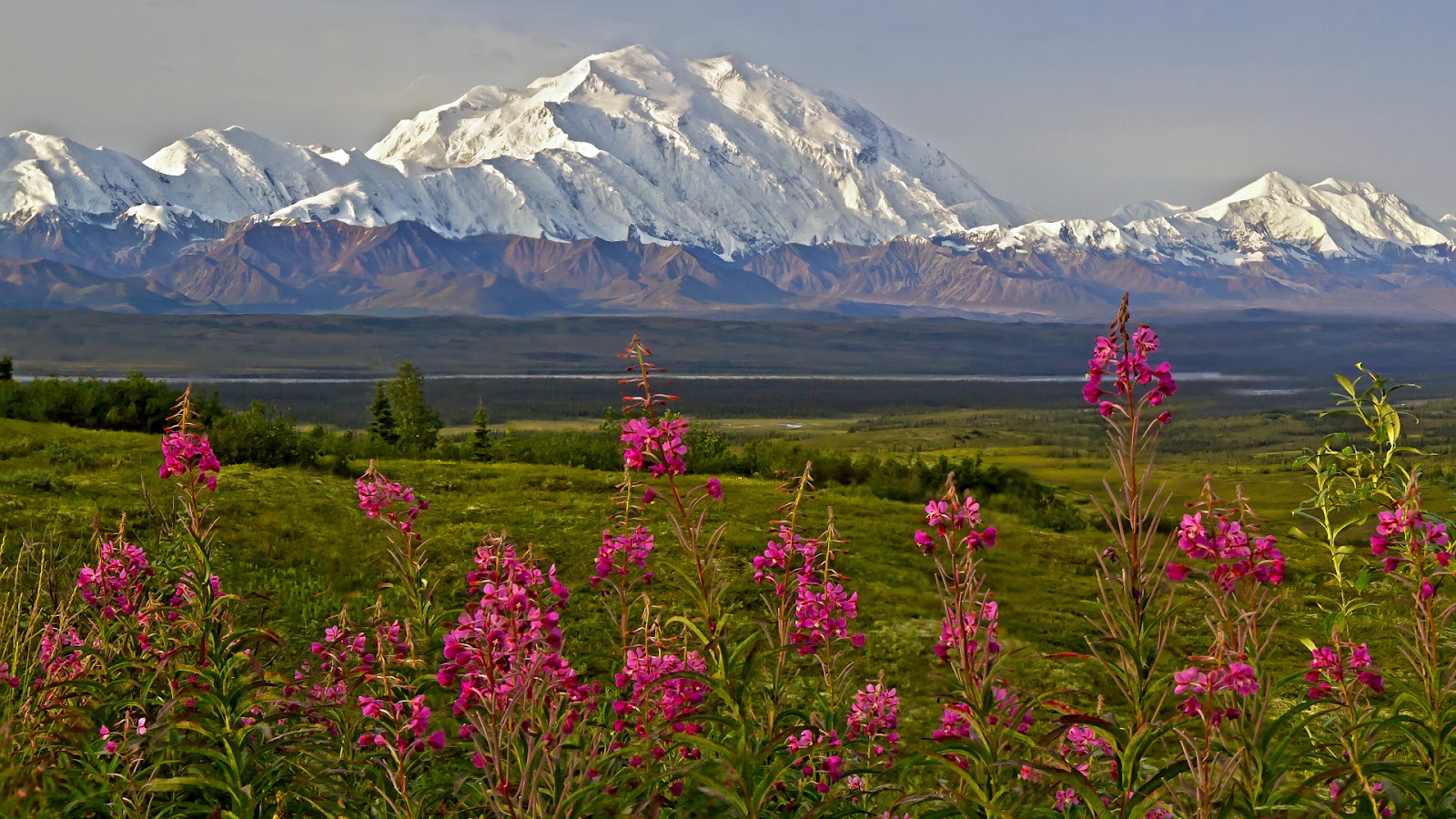
This place lives and breathes competitive dog mushing. Lots of tour guides here? They’re actual Iditarod winners.
Visit Jeff King’s Husky Homestead or Martin Buser’s kennels. Tours are led by these legends themselves. You get real stories about racing’s toughest moments while meeting their dogs.
Chena Outdoor Collective runs programs all year. They mix reindeer encounters with sled dog experiences. It’s fun and learning rolled into one, great for families.
Anchorage Area: Convenient Access
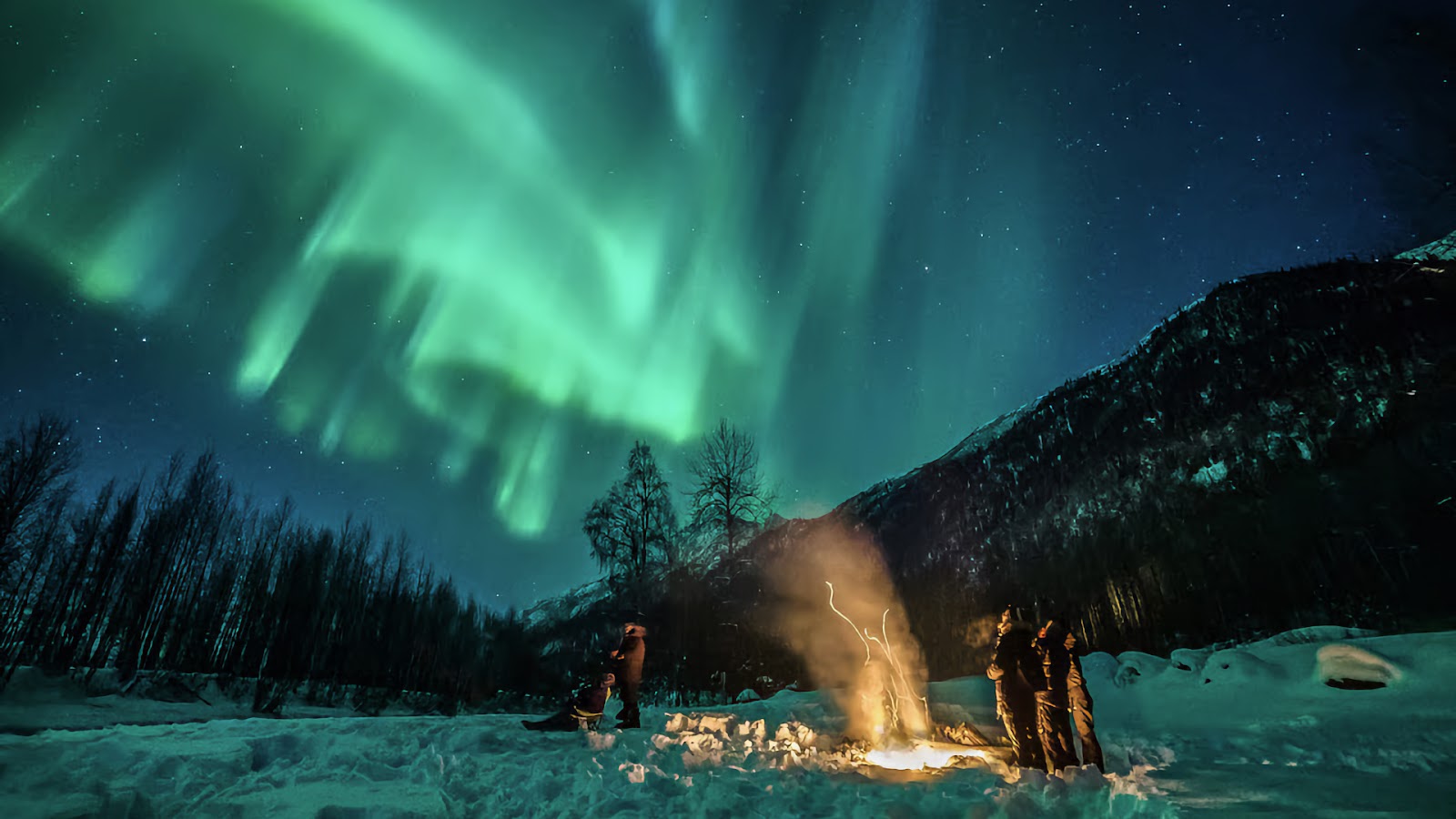
Want sledding near Anchorage? Alaska’s largest city makes it easy. Get your quality sledding fix without a long journey.
Big Lake Kennels run day trips right from Anchorage. They employ professional mushers. These experts keep racing teams but also welcome visitors for experiences.
Try their Fall Cart Tours. You get lunch included. Focus is on enjoying beautiful scenery, not going fast or far. Perfect for anyone wanting a gentle first taste of mushing.
Arctic Circle: Ultimate Wilderness
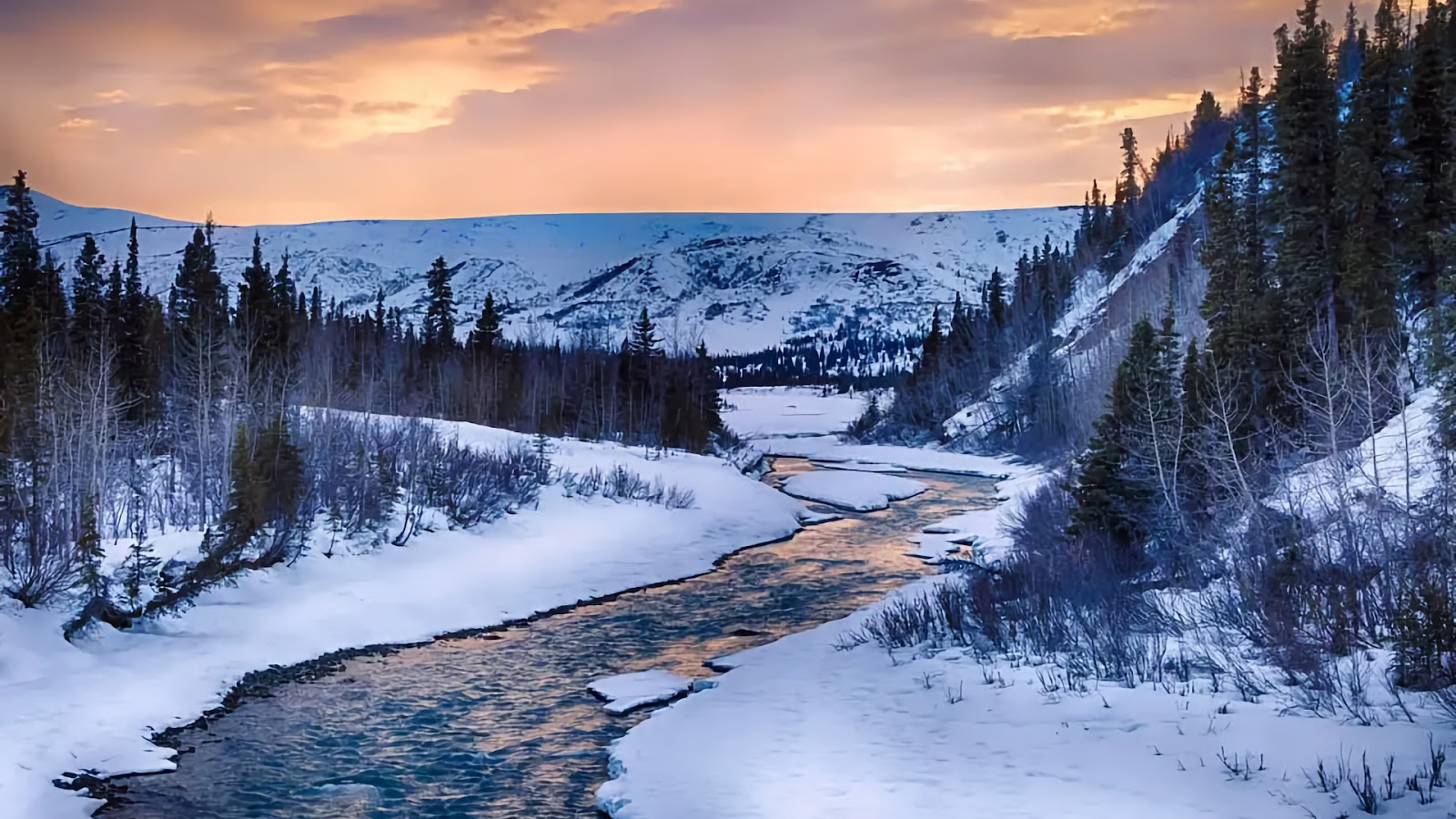
Remote lodges mix luxury with real-deal wilderness sledding.
Fly-In Lodge Packages start at $10,895. That price covers everything: your flights, a comfy place to stay, top-notch meals, and sledding access you won’t find elsewhere. You’ll mush over terrain almost no one gets to witness.
Gates of the Arctic Expeditions push into America’s most isolated national park. These journeys demand solid prep work. Your reward? Total wilderness immersion unlike anything else.
What Actually Happens on a Dog Sledding Tour
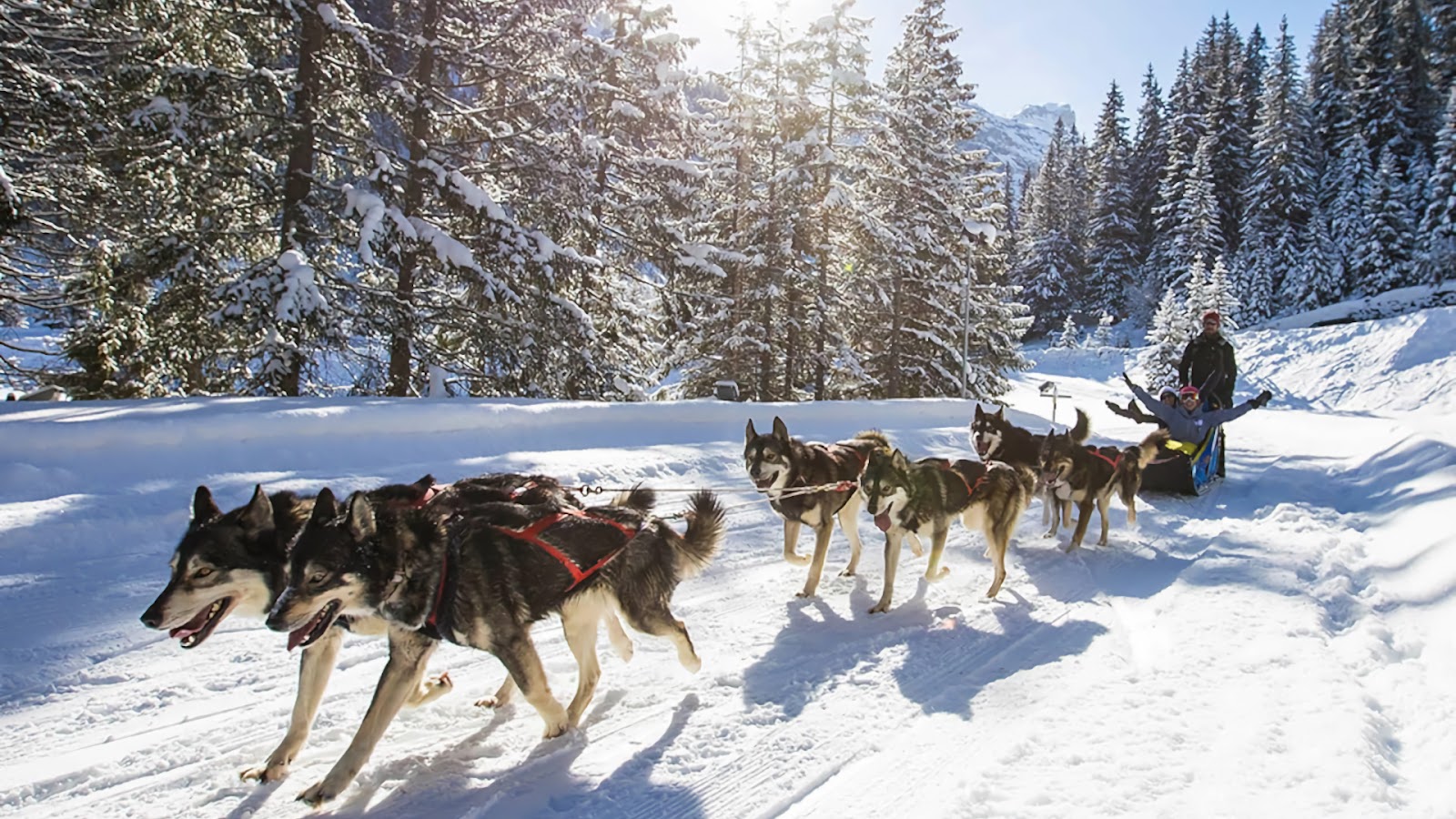
Every tour begins similarly but diverges based on operator style and location.
Pre-Ride Activities
Kennel tours let you meet the team. You’ll find out about various breeds, how they’re trained, and each dog’s own quirks. Lots of huskies adore attention and will happily say hello to visitors.
Harnessing demos show there’s more to it than meets the eye. Mushers explain how a dog’s spot changes team flow and why some pups just work best as partners.
Puppy playtime wins everyone over. Young dogs, still too small for sledding, offer constant fun and great photo chances.
The Actual Ride
Tour length varies a lot. Some trips wrap up in 30 minutes. Others take a whole day. On glacier flights, expect about 30-45 minutes actually sledding. Wilderness trips? You might sled 6 hours or more each day.
Terrain makes each ride different. Glacial ice gives you smooth, fast runs. Boreal forests mean winding trails packed with trees. Out on the tundra, you get huge open spaces and views forever.
Mushers turn rides into learning. Iditarod veterans share racing tales, explain how dogs think, and talk about Alaska’s sledding past. Their passion is real, and it rubs off on you.
Post-Ride Activities
Tours usually wrap up with photos, warm drinks, and some Q&A time. Mushers love chatting about their dogs and work. They’re often happy to share how you can reach out later for another visit.
Planning Your Dog Sledding Adventure: Costs and Logistics
Knowing the price and what’s needed upfront helps avoid surprises. It also makes things go smoothly.
Cost Breakdown
- Summer Kennel Visits: Basic programs begin around $70. These focus on learning about dogs and kennels, not actual sled rides.
- Winter Sled Rides: Short experiences start at $140. Expect much higher prices for longer tours or premium outfits.
- Glacier Helicopter Tours: Flights begin at $499. Cost jumps fast based on flight time and landing spots. Top operators charge $800+ for longer trips.
Age and Physical Requirements
- Age limits depend on the operator and specific tour. Kennel visits are usually pretty flexible for all ages. However, glacier flights might set minimum ages because of safety.
- Weight restrictions are common for snow and glacier tours. Passengers often face a cap around 250+ pounds. This balances safety with how much weight a sled can handle.
- Mobility matters on certain tours, especially glacier sledding. You’ll need to step onto sleds and move on potentially uneven ice. Discuss any mobility limitations with operators before booking.
Seasonal Timing Strategy
- Summer (May-Sep) brings clearest skies for glacier flights. Book ahead though – helicopter spots fill fast.
- Winter (Dec-Mar) means snow’s at its best. But weather can mess with plans. Keep winter itineraries flexible.
Smart Booking Tips
- Book glacier flights way ahead. These tours fill up fast—aim for 3 to 6 months early, especially when cruise ships are in town.
- Booking yourself usually saves cash. Check out flight operators directly online; their prices often beat what cruise lines offer.
- Plan around Alaska weather. Conditions change quickly, so schedule flights near the start of your visit. That leaves room to reschedule if needed.
Beyond Standard Tours: Unique Dog Sledding Experiences
Regular tours give you a solid start. But focused experiences create a stronger bond.
Multi-Day Wilderness Expeditions
Experience Alaska by sled dog. Backcountry camping trips let you connect deeply with the wilderness. Sleep in tents under the stars, cook meals over a campfire, and travel routes only reachable by dog team. Expeditions along the Yukon River really highlight Alaska’s raw, untouched beauty.
Wilderness lodges offer a different kind of adventure. They blend comfort with real Alaskan life. You get access to exclusive sledding terrain right from your doorstep, plus warm beds and excellent food waiting after a day outside.
Iditarod Champion Connections
Training Kennel Visits let you see active racers like Travis Beals at work. Get an inside view of competitive mushing. Watch training methods up close, meet dogs from racing bloodlines, and hear why mushers push through such extreme conditions.
Retired Racer Programs are your chance to meet dogs who’ve actually run the Iditarod. These dogs have amazing stories. Mushers enjoy telling you about what these dogs achieved.
Aurora Sledding Adventures
Fairbanks offers Northern Lights Mushing, pairing two classic Alaska adventures. Imagine sledding at night beneath shimmering auroras – it makes for a truly unique memory. Up at Arctic Circle Lodges, they focus on bundling daytime dog sledding with prime northern lights viewing. You get excellent mushing and a better shot at catching the aurora.
Puppy Development Programs
Visitors get to help prepare puppies for sledding jobs. Young dogs need friendly people time, and tourists offer great social practice while they play with the pups.
Choosing Ethical Operators: Safety and Animal Welfare
Not all dog sled outfits run the same. Picking a good one matters for responsible trips.
Spotting Top Operators:
- Check for awards: Places like Turning Heads Kennel winning “Best Dog Care” honors usually mean they take animal welfare seriously. It shows consistent good work.
- Look at musher experience: Mushers who race now, or used to race in big events like the Iditarod, often keep higher standards than places just doing it for tourists.
Signs of Happy, Healthy Dogs:
- Watch the dogs: Dogs cared for well are excited to run. They want to work. Dogs that seem tired or don’t want to go might mean trouble.
- See the kennels: Clean spaces, fresh water, and good food show where an operator’s priorities lie.
- Notice musher-dog bonds: Good mushers know their dogs’ names and personalities. They treat the team like partners, not tools.
Staying Safe on the Run:
- Dress right: Especially on ice or glaciers. Outfits should give you boots and outerwear, but always wear your own layers too.
- Ask about emergencies: For trips far out, know their plan. How do they call for help? What’s the evacuation process? What medical support exists?
- Know your guide: Experience counts. A musher guiding you usually means a safer, more interesting trip than someone just hired for winter.
The Call of the Trail: Why Dog Sledding Transforms Travelers
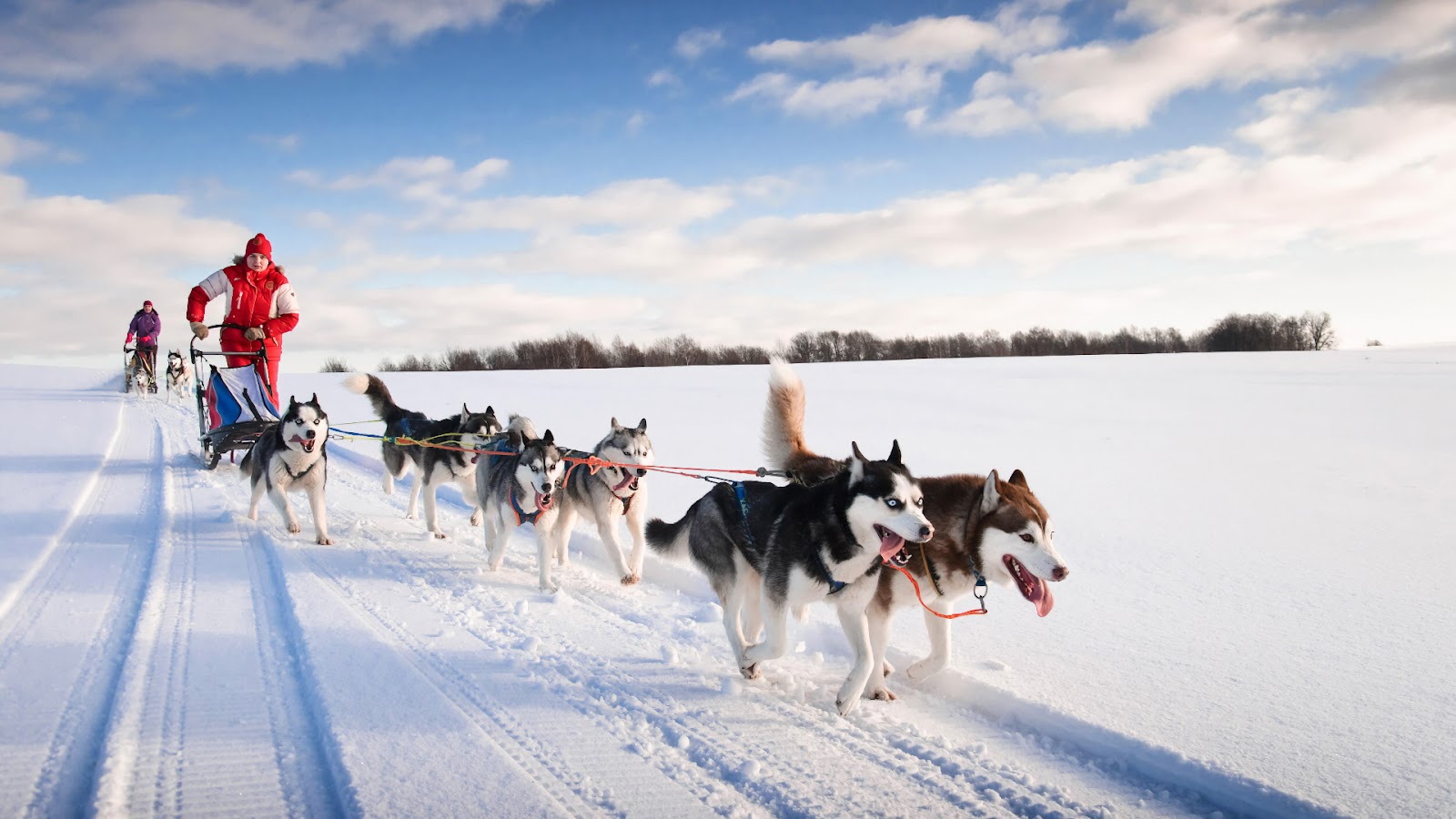
Dog sledding gives you something hard to find these days: a real connection. Connection with wild places, with animals, and with genuine local culture. It’s not some made-up tourist show. Mushing is a living tradition. Real people, deeply passionate folks who’ve given their lives to it, keep this ancient partnership alive.
Stand behind a team of strong huskies. You learn about trust. You learn about teamwork. You feel real respect for nature’s power. These dogs aren’t doing tricks. They’re doing what they love. What they were born for. What their kind has done for thousands of years. That realness hits home for travelers wanting more than just a photo.
Want the truest experience? Pick tours run by active mushers. These people live this life every day, all year. They know their dogs inside out. They share a deep love for their craft. Their stories and knowledge turn a simple sled ride into something much richer. It becomes a real cultural exchange.
Alaska’s wild heart looks much like it did when native people first used dogs for travel. Modern sled tours take you places roads can’t go. They offer experiences tech can’t fake. They create memories no picture can truly hold.
Glide over glaciers under the midnight sun. Mush through winter darkness lit by auroras. Or cuddle puppies at a summer kennel. Whatever you choose, you’re stepping into Alaska’s oldest tradition. The trail speaks to something deep inside us – a craving for adventure, a bond with wild places, a partnership with animals who’ve worked beside humans for ages.
Answer that call. Book your dog sled trip. See why this ancient practice still grabs modern travelers. Understand why Alaska’s mushers see their life not just as a job, but as a calling. It connects them to the very soul of the Last Frontier.
FAQ
Can I interact with the sled dogs besides just riding?
Totally! On most tours, you visit the kennels. There, meet the dogs and learn their names. You can often pet them when it’s okay. Plus, playing with puppies training to be sled dogs is usually part of the fun.
What happens to the sled dogs during the off-season (no snow)?
Dogs stay busy! Even in summer, they train with carts, hike, swim, and get care. Good kennels keep dogs healthy and fit all year.
Can I experience the Iditarod as a spectator?
Catch the ceremonial start in Anchorage or official restart near Willow for exciting race views. Kennels around Fairbanks and Denali hold meet-ups with Iditarod mushers too.
